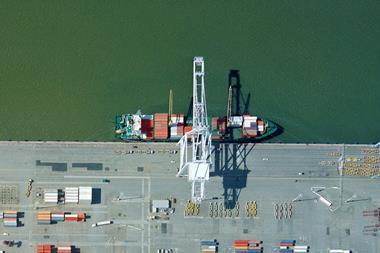Institutional investors can “play a bigger role” in financing infrastructure, but Inderst Advisory has concluded in a report commissioned by the European Investment Bank (EIB) that banks and other traditional channels of financing will need to be kept up as well.
According to the EIB working paper, which compiles figures on institutional infrastructure investments worldwide, only around 1% of institutional assets, or $600bn-700bn (€441bn-514bn), globally are currently invested in infrastructure, not counting equity exposure via shares in infrastructure-linked companies.
George Inderst – author of the study, entitled “Private Infrastructure Finance and Investment in Europe”, and chief executive at Inderst Advisory – said: “The analysis shows institutional investors can play a bigger role as a source of finance, but expectations should be realistic.
“Even a strong shift in the average asset allocation from around 1% to 3-5% over 10 years could contribute only 5-10% of the estimated infrastructure requirements.”
He said “traditional forces” of public and corporate capital expenditure needed to “keep working, as does bank lending, especially in Europe”.
“Pension fund investment in infrastructure has been growing strongly in recent years but is still small compared with overall assets of $30trn,” Inderst said.
He added that pension funds’ average exposure to infrastructure was skewed mainly towards Canada and Australia, where allocations can be as high as 5%, while in Europe exposure is often well below the 1% average.
Inderst estimated that the “general de-risking trend” in institutional investor portfolios had led to a reduction of equity exposure from 60% in 2001 and 2006 to 47% in 2012, while at the same time building an exposure to alternative asset classes such as infrastructure.
“This implies a reduction of roughly $200bn of equity capital over this short period,” he said.
The trend might be furthered by regulation.
“There are concerns fair value and risk-based regulations for institutional investors could lead to further de-risking and pro-cyclicality, and may also be detrimental to substantially increasing infrastructure and other long-term investment strategies,” he said.












No comments yet